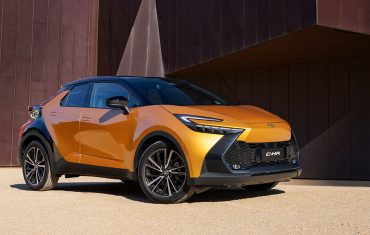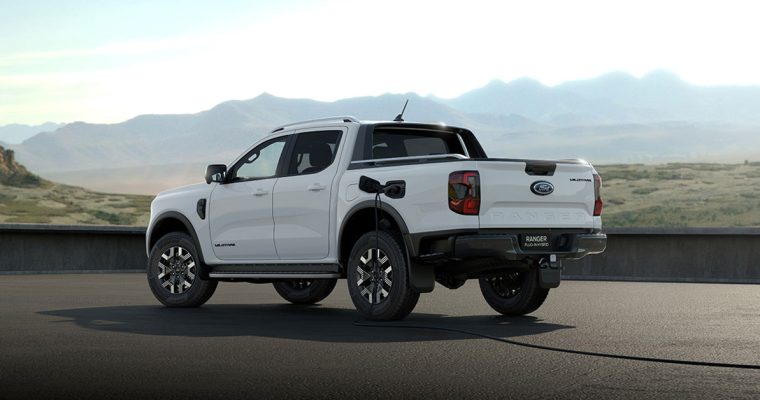
How Australia’s Emission Standards will change the cars we drive
DriverThe fleet of the future will be radically different from today with the introduction of a formal fuel efficiency standard in Australia from next year.
Even though it’s an Australian initiative, it might have some knock-on effects for New Zealand and impact the business vehicle choices you make for tomorrow. Let us explain.
What are the proposed standards?
The Australian Federal Government has been working on introducing an Emission Standard for vehicles ever since the Australian Labour Party won office in 2022 as a key part of its strategy to reduce overall emission outputs in Australia with a target to become net zero by 2050.
After much consultation with critical stakeholders, including the automotive industry as a collective, it presented its first draft in February 2024 under the title of the New Vehicle Efficiency Standard (NVES). While it is intrinsically linked, it is separate from the National Electric Vehicle Strategy (NEVS) which aims to encourage the uptake of EVs through broader initiatives such as building charging infrastructure and fostering local manufacturing and recycling of EV components.
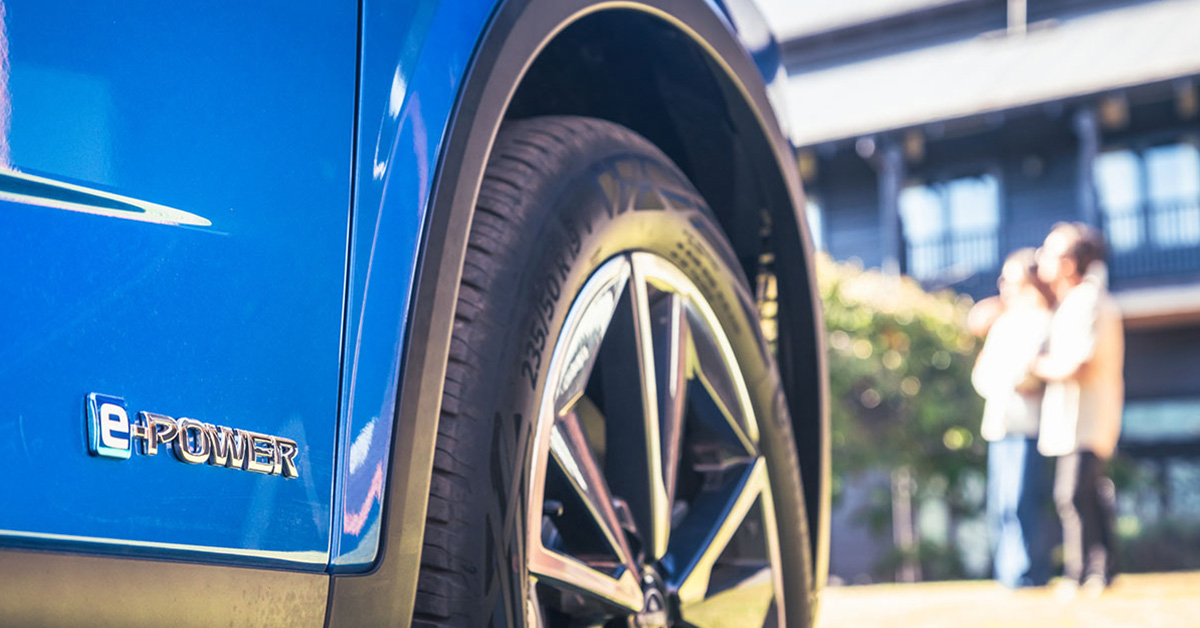
The Efficiency Standard effectively introduces a set of guidelines that encourage car makers to supply vehicles that, collectively, produce less carbon dioxide than a set average target each calendar year.
If they exceed these figures, the carmaker will be ‘fined’ at a rate of $100 for every gram of CO2 over the target. Alternatively, if they beat it, they will be provided with credits that can be traded to other manufacturers that have exceeded the cap.
Due to be introduced from January 1, 2025, the initial ceiling is set at an average of 141g/km for passenger vehicles and will be reduced year-on-year towards an average of 58g/km by 2029.
Light commercial vehicles were given a little more leniency in the initial proposal with a starting target of 199g/km, which would come down to 81g/km by 2029.

But this was met with heavy criticism from some corners, claiming it would make dual dual-cab utes and large four-wheel drives – undeniably two of the most popular vehicle types in Australia – more expensive and introduce additional cost-of-living expenses on Australian families.
The scheme was subsequently revised to re-classify large SUVs built on a ladder-frame chassis, such as the Toyota LandCruiser, Ford Everest, Isuzu MU-X and more, as light commercial vehicles, and the targets were revised to 210g/km from 2025 and 110g/km by 2029.
What does the government want to achieve?
Essentially, the government wants to reduce carbon emissions in line with its promise to create a Net Zero economy by 2050 as a signatory to the Paris Agreement.
The Paris Agreement is an international treaty on climate change that was adopted by 196 parties at the COP21 conference in 2015 and was entered into force on November 4, 2016. It mandates that, in order to limit global warming to 1.5º C by the end of the 21st century, greenhouse gas emissions must peak before 2025 and decline by 43 percent before 2030.
In Australia, the CSIRO claims the transport sector contributes 21.1 percent of the country’s total emission output.
According to the government’s modelling, the New Vehicle Efficiency Standard is designed to reduce carbon output by at least 321 million tonnes by 2050.
How has the automotive industry reacted?
For the most part, the automotive industry has backed the government’s proposal with most mainstream and luxury brands offering unequivocal support for reducing emissions and improving fuel economy.
However, some car makers, such as Isuzu which currently only offers two diesel-powered vehicles in Australia – the D-Max ute and its related MU-X SUV – have responded with a sense of caution, urging the government “to consult further with Australia’s automotive industry to identify a New Vehicle Efficiency Standard that protects the interests of all Australians living in metro, regional and rural areas – today and into the future.”
It says the introduction “presents timing, financial and engineering challenges for many vehicle brands, particularly those brands that provide Australians with utes and large SUVs as part of their range, and ultimately risks negatively impacting Australian consumers.”
Toyota, Australia’s most popular car maker and a long-time pioneer of hybrid technology, said the introduction of NVES shouldn’t “leave Australians behind” and that it should be “calibrated to the Australian market and allows carmakers to determine the appropriate mix of technologies to achieve it.”
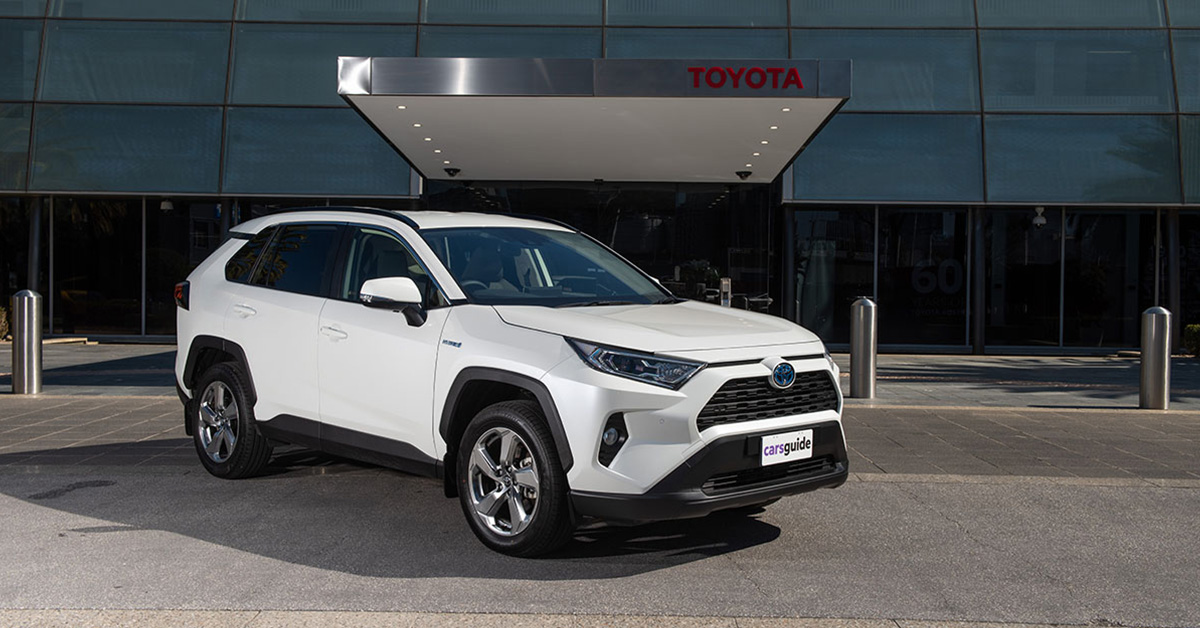
How will it affect New Zealand?
The introduction of the New Vehicle Efficiency Standard in Australia follows in the wheeltracks of a similar scheme already in place in New Zealand called the Clean Car Standard, which came into effect on January 1, 2023.
This is separate from the Clean Car Discount which wrapped-up at the end of 2023. This was an incentive scheme for consumers, offering a rebate on the purchase of an electric vehicle, where the Clean Car Standard is designed to encourage car brands to make more zero emission vehicles available in showrooms.
Uniquely, the Clean Car Standard uses a ratio of the emission output versus the weight of the vehicle, which provides greater leeway for large SUVs, four-wheel drives dual-cab utes and stricter targets for smaller vehicles.
In New Zealand, the targets started at 145g/km for passenger cars and 218.3g/km for utes in 2023 with a planned reduction to 63.3g/km and 87.2g/km respectively by 2027. Both of those figures are significantly lower than the Australian targets set for 2029, which will put pressure on car makers on both sides of the Tasman – and their respective parent companies – to create a range of models that are applicable for both markets.
Like the proposed Australian standard, the Clean Car Standard has a penalty system for car makers that exceed the prescribed targets. But it offers a ‘pay-as-you-go’ plan for individual models that is suited to low-volume importers or an annual fleet average scheme for larger car makers.

How will it make EVs cheaper?
Both the Clean Car Standard and Australia’s New Vehicle Efficiency Standard are designed to encourage car makers to broaden their portfolio of zero-emission vehicles in order to meet the average CO2 ceiling.
As a business, this will be beneficial in many ways. Firstly, it will prevent them from paying a fine or buying credits if they exceed the target: costs that, arguably, would end-up being passed on to consumers by increasing retail prices and making the vehicles less competitive in their respective segments. And, secondly, if they beat the prescribed targets and earn credits, these can be traded to rival car makers that exceed the figure, thereby creating an additional revenue stream that protects the company’s profit margins, which, in turn, could be passed on to consumers by reducing retail prices.
Essentially, it’s a massive incentive scheme that will bring Australia in-line with New Zealand and similar targets already in place for major markets such as the United States of America and continental Europe.
And, with that, car makers will have more options to introduce electric vehicles that are currently offered in those markets.
Will it make ICE vehicles more expensive?
Potentially yes… and no! The Clean Car Standard is not designed to make any vehicle, no matter what type of engine is under the bonnet, extinct. It will allow for car makers to continue to sell typical gas guzzlers like large SUVs, four-wheel drives and dual-cab utes. But they will have to offset the emissions produced by these vehicles with more zero-emission models.
Inevitably, this will encourage car makers to develop more fuel-efficient solutions for large vehicles anyway – either through new combustion technologies, smaller engines or the adoption of hybrid or plug-in hybrid powertrains – which are expensive and will be reflected in the cost of the car.
Ultimately, it is up to the car makers how they balance the emission output from their entire fleet to ensure each individual model line remains competitive and relevant to its intended use within its respective segment.
In the end though, more efficient vehicles will save consumers money as they spend less on fuel.
Does the Clean Car Standard have an impact on my current fleet?
No. There is no mandate that will make any existing vehicles redundant or pay a penalty for their emission output.
But it will have a greater impact on the future choices you make when replacing vehicles in your fleet. For starters, as the emission ceiling reduces each year, car makers will be forced to replace popular model lines that are currently predominantly powered by internal combustion engines with more efficient powertrains, whether that be hybrid, plug-in hybrid or battery electric. So, there will likely be significant changes in the selection of vehicles offered which will mean fleet managers need to be educated on the unique benefits offered by a wider variety of options.
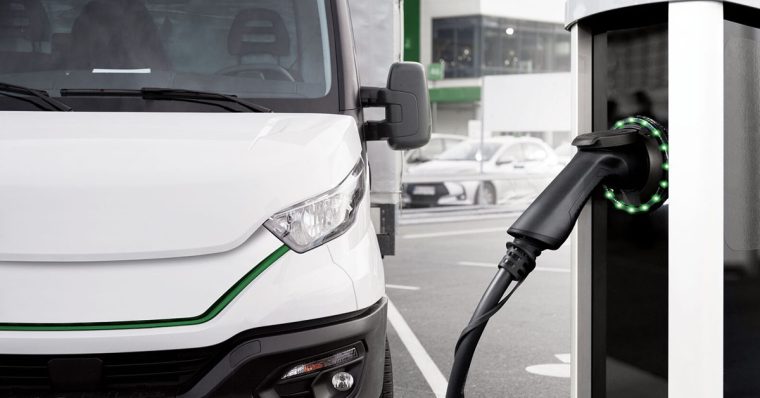
A broader selection of electric vehicles in the future, including light commercial vehicles such as vans and utes, will also necessitate a re-thinking of the daily operations and duties for specific roles, and the potential investment in charging infrastructure to ensure the vehicles and workforce remain productive.
In any case, the introduction of more efficient vehicles across the board will have some positive impact on reducing running costs by consuming less petrol. Although, this could be offset by higher servicing prices due to the more complex nature of hybrid and plug-in hybrid powertrains.
Talk to SG Fleet today to make sure you have the right partner for your business as the world of mobility changes.
 Driving Insights
Driving Insights



